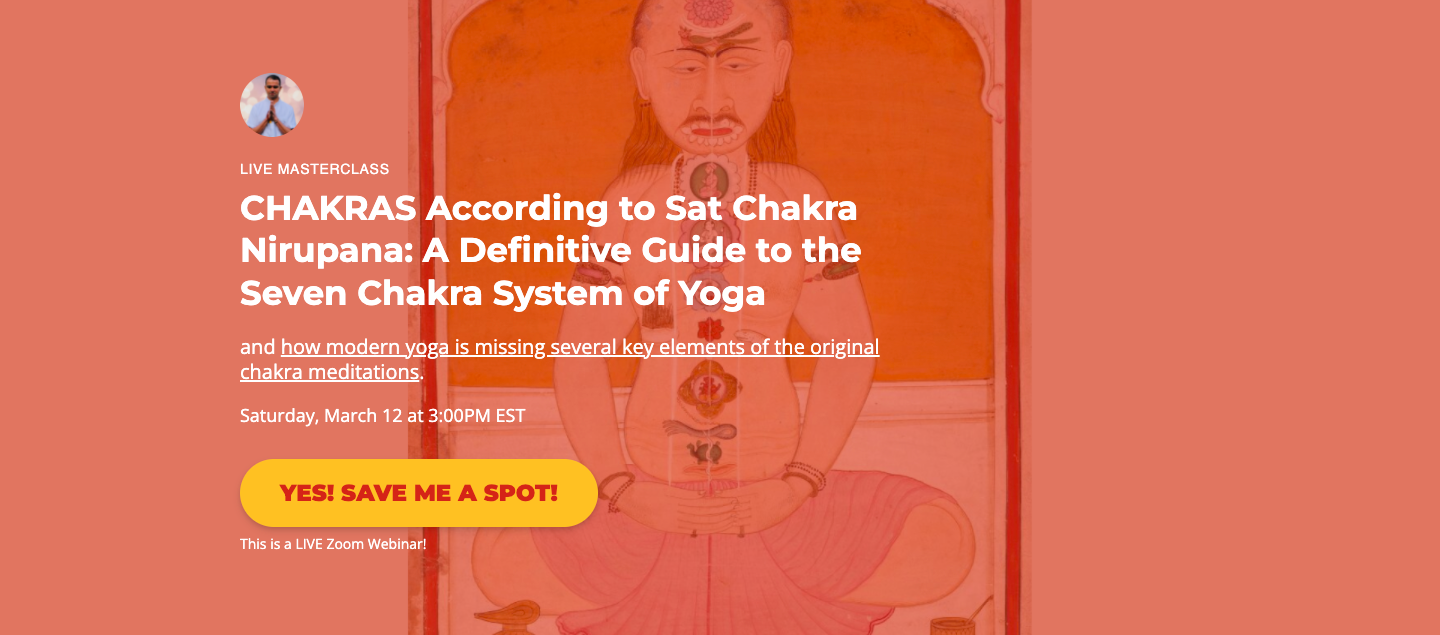Ajna Chakra: The abode of higher knowledge, perception and liberation
By Devendra Narayan, PhD.
.png)
Credit: MS Sanskrit 391. Authored by Svami Hamsasvarupa, 1900s. Wellcome Collection. The original image has been modified for use in this article.
- Anja is the two-petalled lotus (chakra) located between the eyebrows.
- The masculine and feminine deities residing within the Ajna chakra are Mahadeva in the Ardhanarishwar form (half Shiva and half Parvati) and devi Hakini.
- Ajna chakra is the abode of higher knowledge, perception and liberation.
- According to the Bhagavad Gita and the Sat Chakra Nirupana, the Ajna chakra has particular significance at the end of life.
In my previous articles, I have discussed 5 out of the 7 main energy centers in the human body, including Muladhara, Svadhisthana, Manipura, Anahata and Vishuddha chakra. In these articles, I've attempted to translate the architecture of chakras from a seminal text on chakras from the 16th century called Sat Chakra Nirupana. In this article, I will examine the architecture of the sixth sacred city in our inner pilgrimage through the energy centers.
Ajna Chakra
In the forehead, between the eyebrows, lies the two-petaled lotus, Ajna chakra. It shines like the bright moon, and its two petals vibrate with the sounds ham and ksham. Devi Hakini resides in the center of the Ajna chakra. White as the moon and with a pure mind (shuddha chitta). She has six heads and four arms that hold an hourglass-shaped drum, a skull, a jnana mudra (gesture of knowledge) and a japa mala.
.png)
Credit: MS Sanskrit 391. Authored by Svami Hamsasvarupa, 1900s. Wellcome Collection. The original image has been modified for use in this article.
The subtle mind (mana) resides in the Ajna chakra. A Shiva lingam called Itarakhya resides within it. It shines like a thunderbolt and is the abode of realization of supreme knowledge, including the vedas. It is also from here that one perceives the Brahma nadi, which connects the Muladhara to the Sahasrara chakra.
The bija mantra for Ajna chakra is AUM, also known as Pranava. It is said that one should meditate on this bija mantra with a steady mind. One should meditate on the Ajna chakra with devi Hakini, a glowing mind, a shining Shiva lingam, and AUM bija mantra. The meditator can perceive the Brahma nadi if he or she meditates this way with stillness and with his or her gaze turned inward.
By meditating on the Ajna chakra one becomes all-knowing, all-perceiving, a benefactor to all, all-powerful like Brahma, Vishnu, and Shiva, who are responsible for creation, regulation, and dissolution, respectively.
Between the eyebrows in the Ajna chakra is the soul, which is as bright as the tip of a flame and vibrates with the primordial sound of AUM. Above that is a bright young moon with a bindu (letter of sound ma) from which the unstruck sound of AUM is derived. This bindu shines like the rays of the moon.
Swami Hamsa swaroop maharaj describes an important doorway to the soul in his translation of Sat Chakra Nirupana. By holding the Niralamba mudra, which can be learned only from a guru, and by meditating on the place where the primordial sound of AUM originates, one experiences the light of the soul or highest spirit.
Next, Sat Chakra Nirupana discusses the importance of Ajna chakra at the end of life. One who meditates on the Ajna chakra at the end stage of life and surrenders the prana with devotion between the eyebrows, i.e. at the bindu from where the primordial sound originates, merges with the supreme consciousness.
In the Bhagavad Gita, Chapter 8 Verse 10, Shri Krishna says to Arjuna
prayaanakaale manasaachalena bhaktyaa yukto yogabalena chaiva |
bhruvormadhye praanamaaveshya samyak sa tam param purushamupaiti divyam || 10 ||
At death, with devotion, an unwavering mind, and the power of yoga, he who surrenders the Prana in the middle of the eyebrows, attains that supreme divine person.
The seventh and final inner sacred city, Sahasrara chakra, will be discussed in the next article.
About the Author
Devendra Narayan is a scientist, yoga teacher, breathworker, scholar and founder of Cultivate Prana Academy. Cultivate Prana's mission is to empower modern day healers through education that integrates ancient wisdom and modern science.
Reference:
- Svāmihaṃsasvarūpakr̥tam Ṣaṭcakranirūpaṇacitram : bhāṣyasamalaṃkr̥taṃ bhāṣāṭīkopetañ ca = Shatchakra niroopana chittra with bhashya and bhasha containing the pictures of the different nerves and plexuses of the human body with their full description showing the easiest method how to practise pranayam by the mental suspension of breath through meditation only ; by Shri Swami Hansa Swaroop.
-------
Copyright 2021 Cultivate Prana. All rights reserved.

